Stevia is a very cool plant: It’s a little perennial herb that is beautiful to look at, easy to grow, and is a deliciously sweet herb to use in your teas and cooking.
Stevia (official name Stevia rebaudiana; in the family Asteraceae, along with sunflowers and daisies) is of South American origin and has been used there extensively for thousands of years. You’ll be delighted to know that stevia plants are easy to grow, harvest, and dry for use at home.
Growing Stevia
Stevia is a fairly common garden herb and grows easily in a variety of climates, although it is not cold-tolerant and prefers warmer weather. Barbara Pleasant at GrowVeg explains that stevia is best grown from a plant, since seeds are tiny and hard to cultivate.
She says best results come from taking cuttings in late summer, rooting the plant indoors, and then nurturing the plants in the sunniest indoor spot during the winter. If you don’t have access to direct sunlight, you can grow stevia under fluorescent lights. Under these conditions, the stevia will root in a few weeks, and once the soil is warmed again in the spring, the stevia can be transplanted outdoors.
Stevia needs warm soil, sun exposure, and does best in aerated beds or containers. Depending on the climate, the plants will grow anywhere from 16-24 inches tall. When you transplant the cuttings, space the stevia a few feet apart, and make sure they are accessible, as it needs pruning/pinching quite often. Like basil, pinching will help ensure a bushier plant, otherwise, the plant will become spindly.
Pinched off leaves can be used in the preparations below, or you can take off or the smaller side branches to root them to create new plants. Another reason to pinch often is that, like most herbs, once the stevia sets flowers, it will no longer produce leaves.
Harvesting And Using Fresh Stevia
As mentioned above, the pinched off leaves can be used immediately in herb teas, or they can be dried.
You can dry stevia in a dehydrator, or stevia can be dried using the tips for drying herbs found here. The full leaves can have a bitter flavor, so some people think it tastes better in an extraction or a tincture.
You can also eat the leaves right off the plant (although it’s likely going to be too sweet to truly enjoy). You can even make your own stevia tincture with alcohol or a water base so that you don’t need to buy it at the store.
You can add fresh stevia leaves to your herb blends (I like to sweeten my rooibos tea with it), or you can add it to smoothies to increase the sweetness. Because it’s so sweet in such small amounts, it can be used in baking, but it’s not often recommended. To use for baking, be sure to follow a recipe that specifically calls for stevia, rather than trying to substitute it into a recipe that contains sugar.
Stevia Extracts
While the plant itself can be used easily, in the 1980s various extractions of stevia came onto the market, with the impetus being soda companies looking for better tasting non-caloric sweeteners.
There was a lot of regulatory processing that happened, but once stevia was considered GRAS (generally recognized as safe), sales of this natural sugar replacement exploded. Now you can purchase stevia in a dozen different forms: You can buy powdered green stevia, refined and powdered white stevia, and a variety of stevia extracts in liquid form.
I like to use the liquid: The droppers make dosing quite easy since the sweetness can be overpowering. My favorite is Better Stevia by NOW or SweetDrops—both in their respective vanilla flavor. I love adding just a drop to my daily green tea, red tea, or maca elixirs.
Are There Health Concerns With Stevia?
Some people avoid stevia for health reasons, although the science is not quite clear. The first concern is that the white stevia is actually quite processed, and while it has natural origins, it’s not necessarily all that natural after processing. “Popular powdered stevia sweeteners go through dozens of steps during processing from bleaching to chemical alteration [and actually] most stevia sweeteners on the market contain added erythritol from corn, dextrose or other artificial sweeteners,” explains Wellness Mama.
Others speculate that because the high level of sweetness in stevia essentially “tricks” your tastebuds into expecting something sugary, it could potentially affect our body negatively by releasing insulin in preparation for sugar—but this has not been proven.
However, because stevia is so sweet (100-200 times sweeter than sugar), even if you added stevia to all your drinks and foods each day, the amount consumed would be so very small that it’s likely to be generally safe and well-tolerated.
If you need any more reason to grow stevia at home, I have to mention that I talked with a Chinese medicine practitioner friend about stevia, and he suggested that it’s always better to choose the natural (whole leaf) form of stevia but to use sparingly. So, if you’re on the lookout for a sugar alternative and want to grow something in your own garden, consider giving stevia a chance!


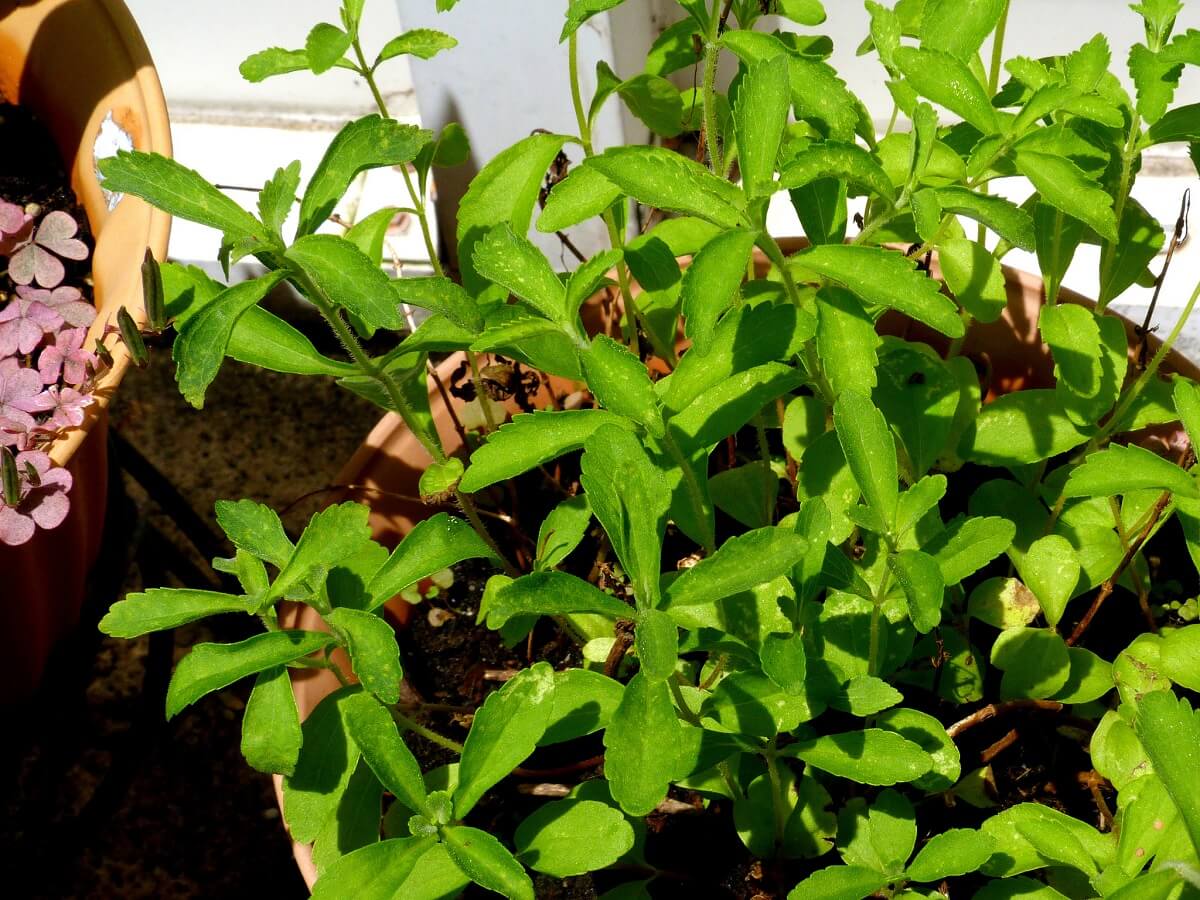
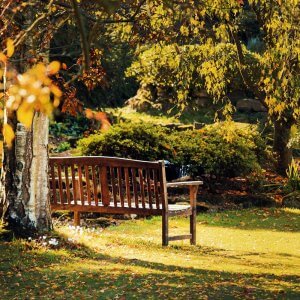

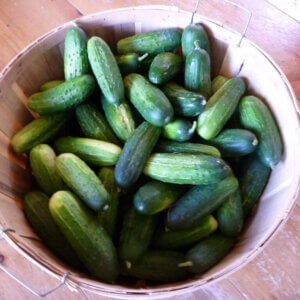
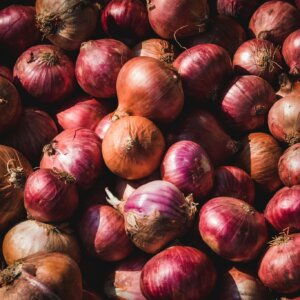



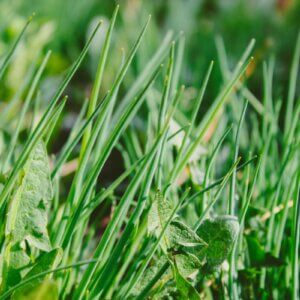

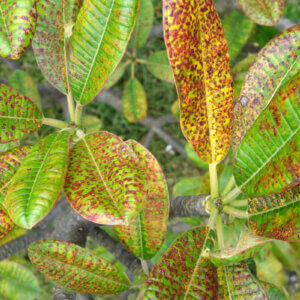
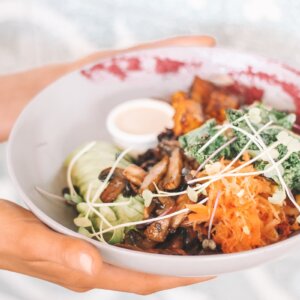

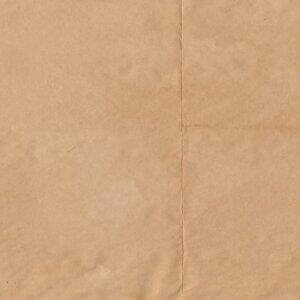
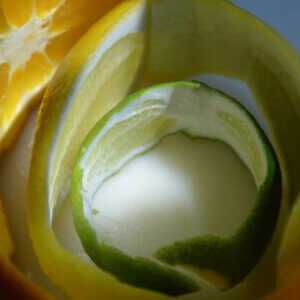

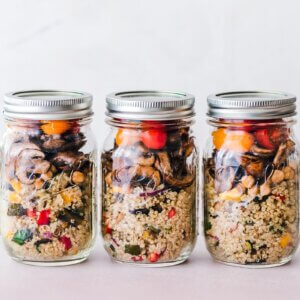

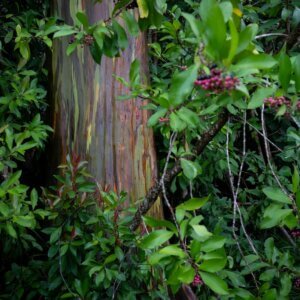
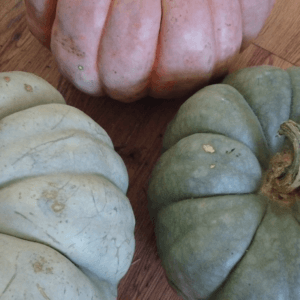
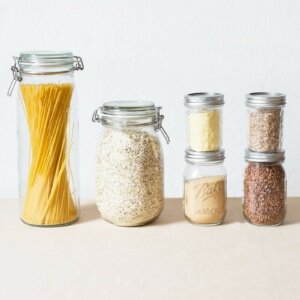
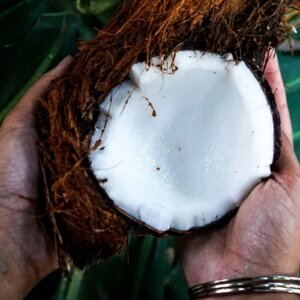


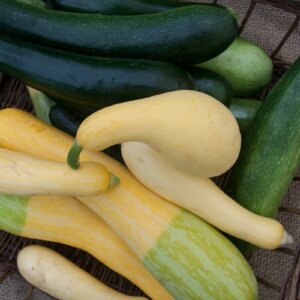

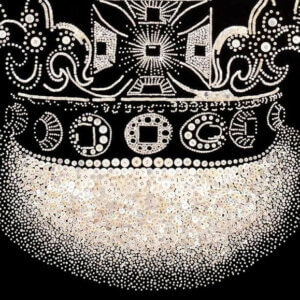

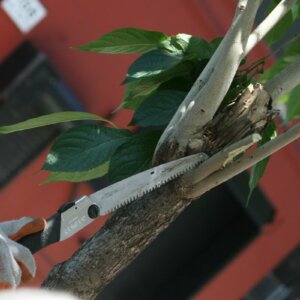

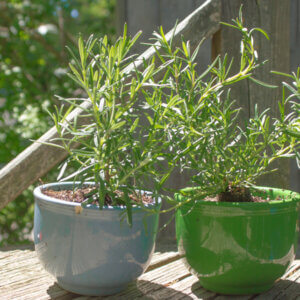
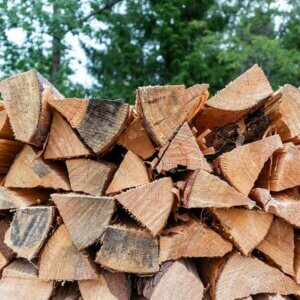


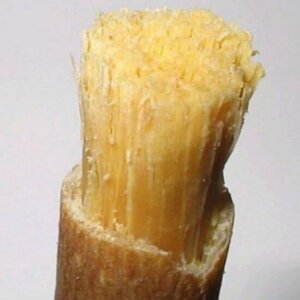

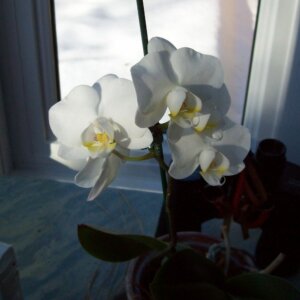

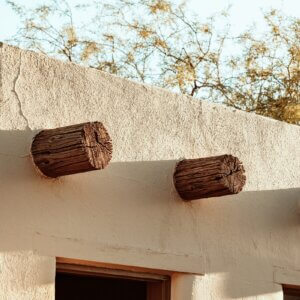

I grow and dry stevia. The leaves rub off the stems easily when dry then I put it through the food processor to make a fine powder. I find it works best for me if I use just a little and also add a small amount of sugar, eg a good pinch of stevia and a teaspoon of cane sugar replaces a half cup of sugar in a recipe. I find it too bitter if I use a lot of stevia.